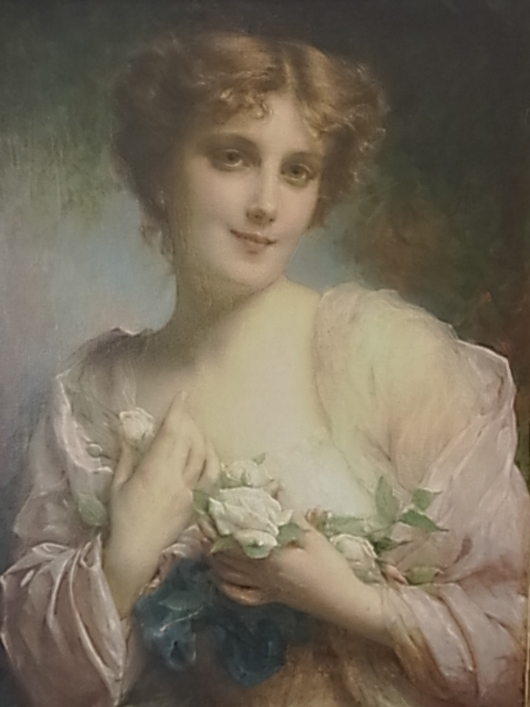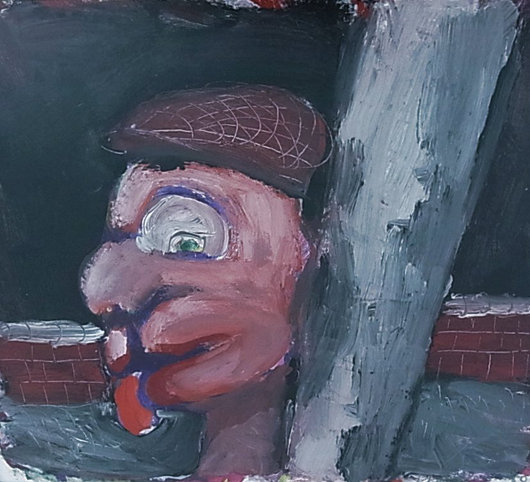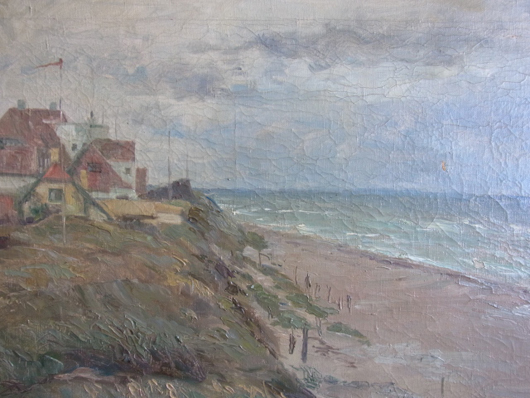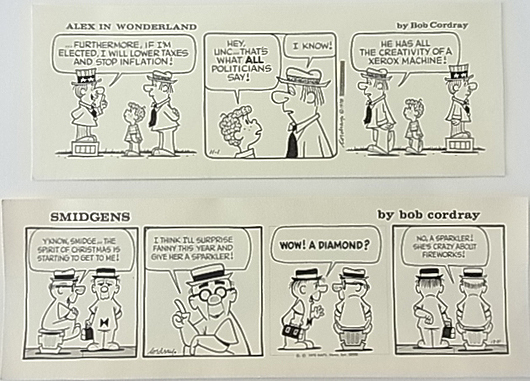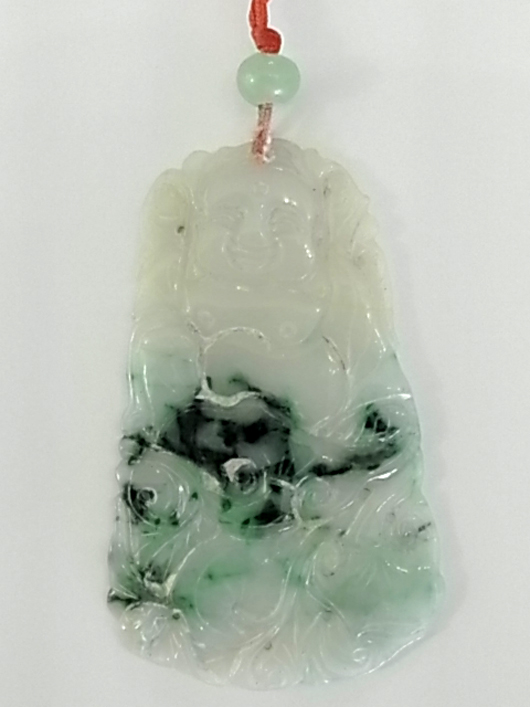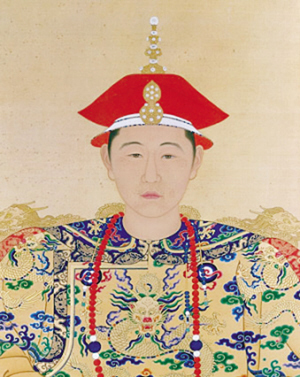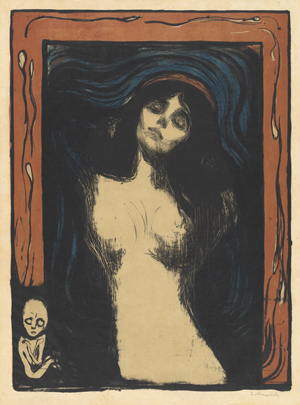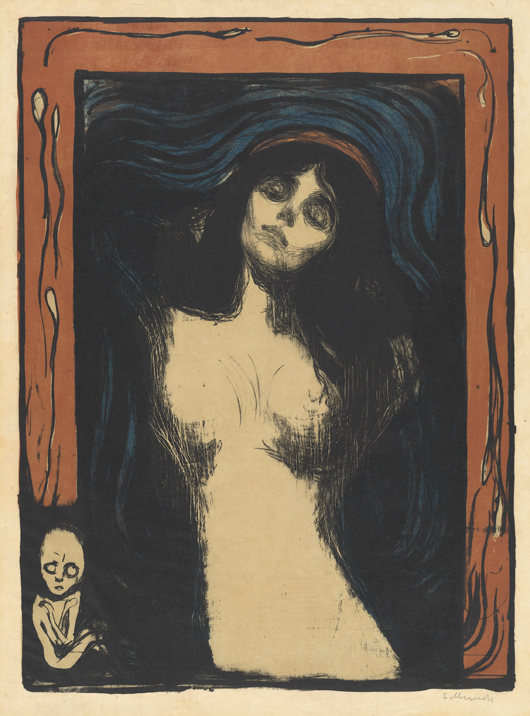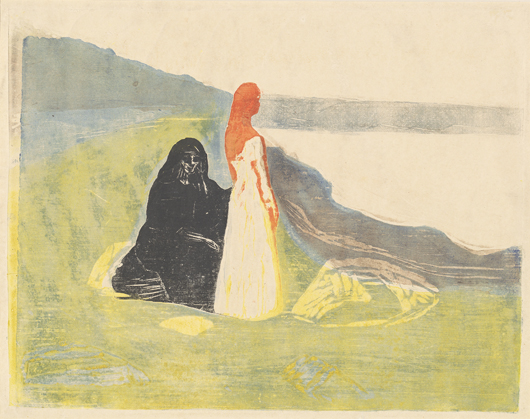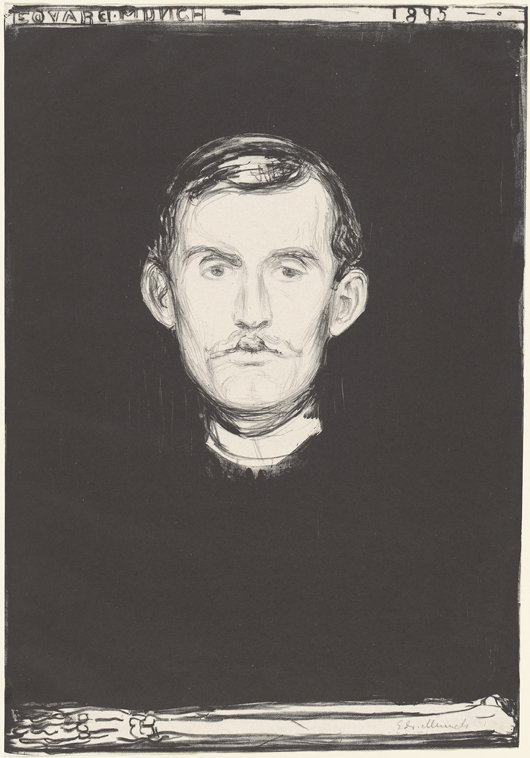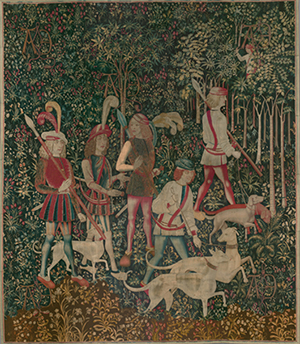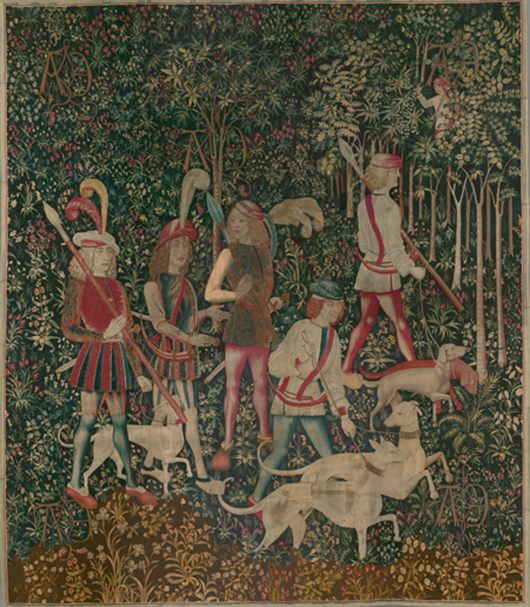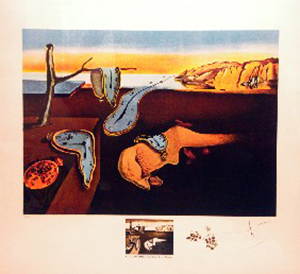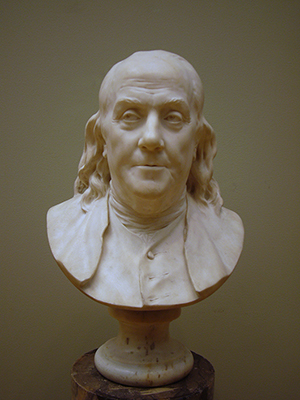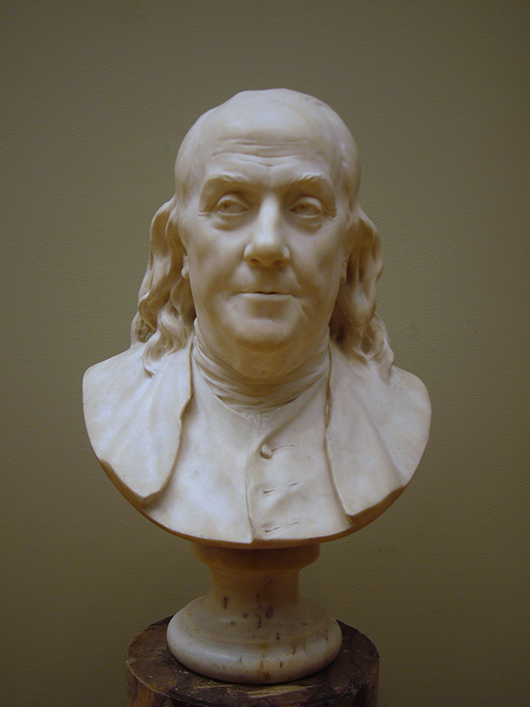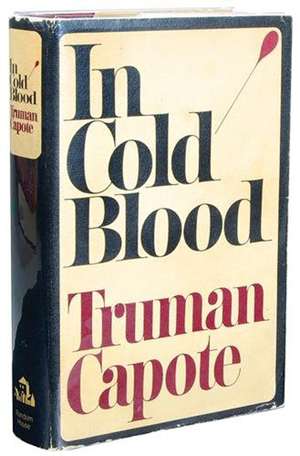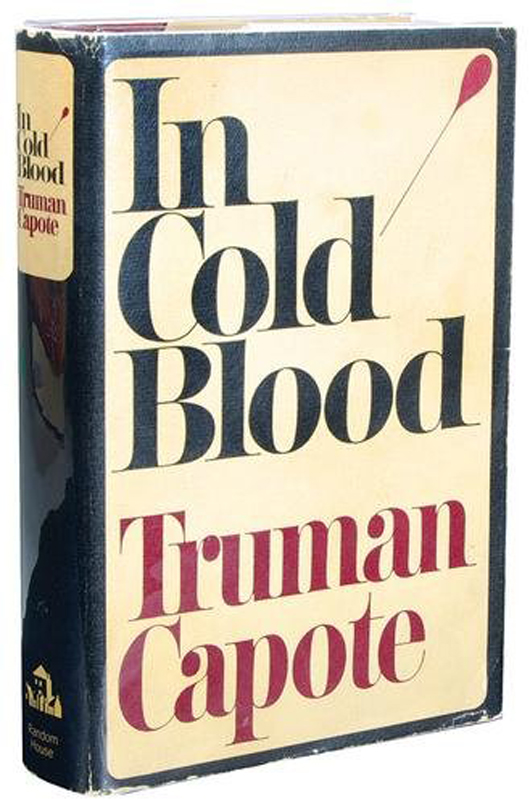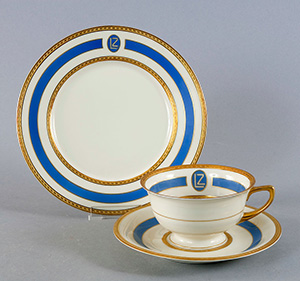
Setting, Graf Zeppelin in 1928. consisting of cup, saucer and plate, Ätzgoldrand, with monogram‚ ‘LZ,’ erklassig receive, marked on the bottom side, Heinrich Bavaria Selb ‚’Graf Zeppelin’ dated 1928. Gut Bernstorf image. KRANZBERG, Germany – Gut Bernstorf is is celebrating a milestone with their 30th Art and Antiques auction Saturday, April 27, which starts at 1 p.m. Central European Time, 4 a.m. Pacific. LiveAuctioneers.com will provide Internet live bidding.
Among the highlights of this auction are a rare bracket clock from the 18th century and a highly collectible 14K pocket watch made by Paul Prüfer in Görlitz. High-quality and exclusive men’s and women’s wristwatches as well as an extensive range of valuable and elegant jewelry in mint condition will be offered for sale on behalf of a well-known jeweler, who is closing down his business.
Gut Bernstorf will offer paintings from famous names such as Heinrich von Zügel, the horse painter Hienl-Marre, Paul Hey, Julius Huether and Johann von Marées. There are many other interesting paintings representing all genres.
Lovers of good porcelain will also have ample objects to choose from. Porcelain manufactories such as Nymphenburg, Meissen, KPM and Herend are represented with a wide selection of affordable objects.
Bidding on zeppelin memorabilia will probably keep many collectors in suspense, especially when a three-piece coffee set with the monogram of Count Zeppelin from 1928 is called.
Also noteworthy is Gut Bernstorf’s selection of silver and various other categories in the sale—beautiful items and collectibles.
For details contact Michael Lehrberger; email auktion@gutbernstorf.de or phone +49-8166-993214.
View the fully illustrated catalog and sign up to bid absentee or live via the Internet at www.LiveAuctioneers.com.
ADDITIONAL LOTS OF NOTE
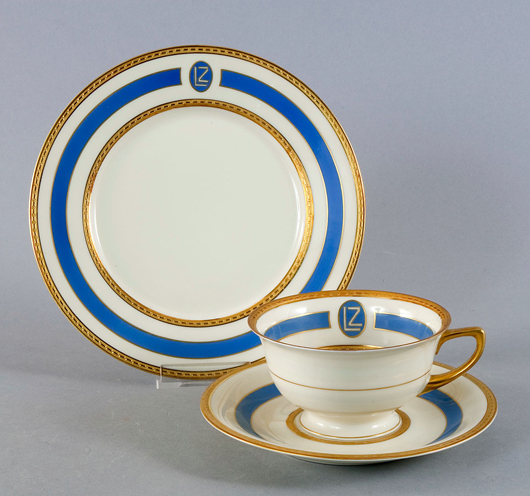
Setting, Graf Zeppelin in 1928. consisting of cup, saucer and plate, Ätzgoldrand, with monogram‚ ‘LZ,’ erklassig receive, marked on the bottom side, Heinrich Bavaria Selb ‚’Graf Zeppelin’ dated 1928. Gut Bernstorf image. 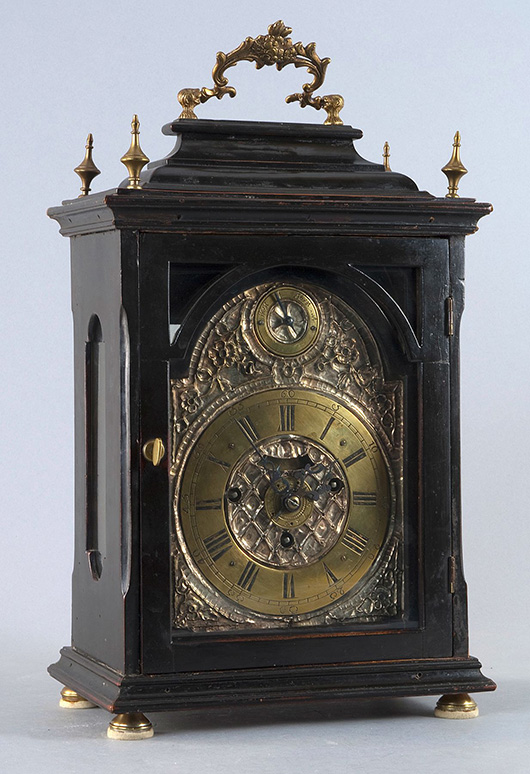
German bracket clock, fine finish, wood with brass applications, late 17th or early 18th century. Gut Bernstorf image. 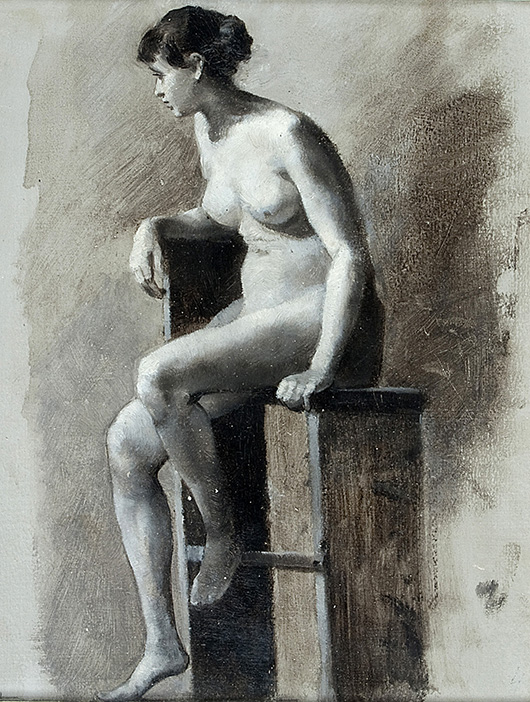
Bizer, Emil (Pforzheim 1881-1957 Badenweiler), ‘Sitting, Female Nude,’ oil on paper, unsigned. Gut Bernstorf image. 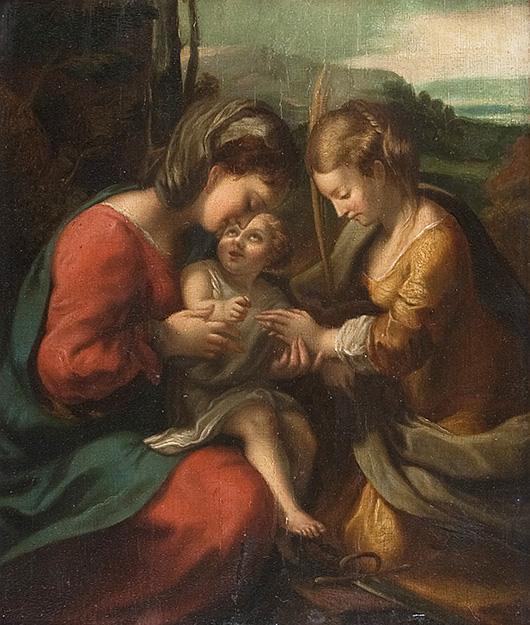
Old Masters, ‘Anna and Mary with Jesus,’ oil on wood, probably Italy, early 18th century. Gut Bernstorf image. 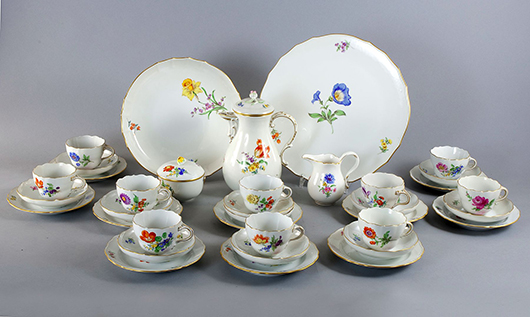
Coffee service for 10, Meissen, neuzeitilich (after 1934). Gut Bernstorf image. 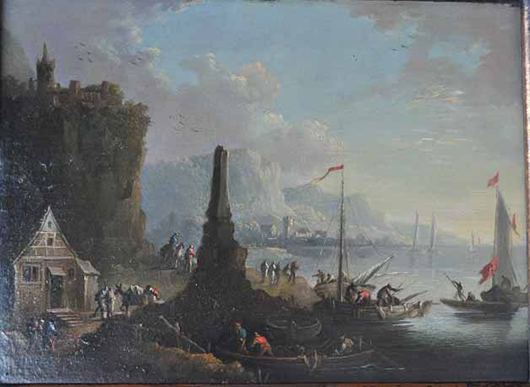
Dorner II, Johann Jakob (1775-1852) ‘Romantic Riverside,’ oil on wood. Gut Bernstorf image.



